Microsoft Windows 8 review: First Look
Windows 8 aims to combine a touchscreen Windows Phone 7-style interface with a traditional full-power desktop. Mary Branscombe gets hands on to see if it’s a winning combination.

Performance was generally good on our test system, although we did notice issues with some Metro apps crashing or failing to load correctly at times. System requirements for Windows 8 are modest: 1GB of RAM, a 1GHz processor and a DirectX 9 compatible graphics chip. Microsoft claims memory usage is lower because identical pages of memory are only stored once (for example several apps containing the same runtime will effectively load only one copy into memory) and we did see slightly lower figures for similar systems compared to Windows 7, but this will vary significantly depending on usage.
Built-in Hyper-V support is intended for developers, but it also gives power users more options too; it's an optional component which requires a restart and you can lock it down by policy if you don't want to support it.
Windows To Go allows you to run Windows 8 from a USB stick, so you can give users with shared PCs a flash drive with their apps and settings on; when they pull the drive out of a PC their Windows session freezes so no-one else can access it if they forget to log off. It doesn't crash though, so if they reinsert the flash drive they can carry on working - the system runs slowly for a minute or so while recovering state, but it does recover.
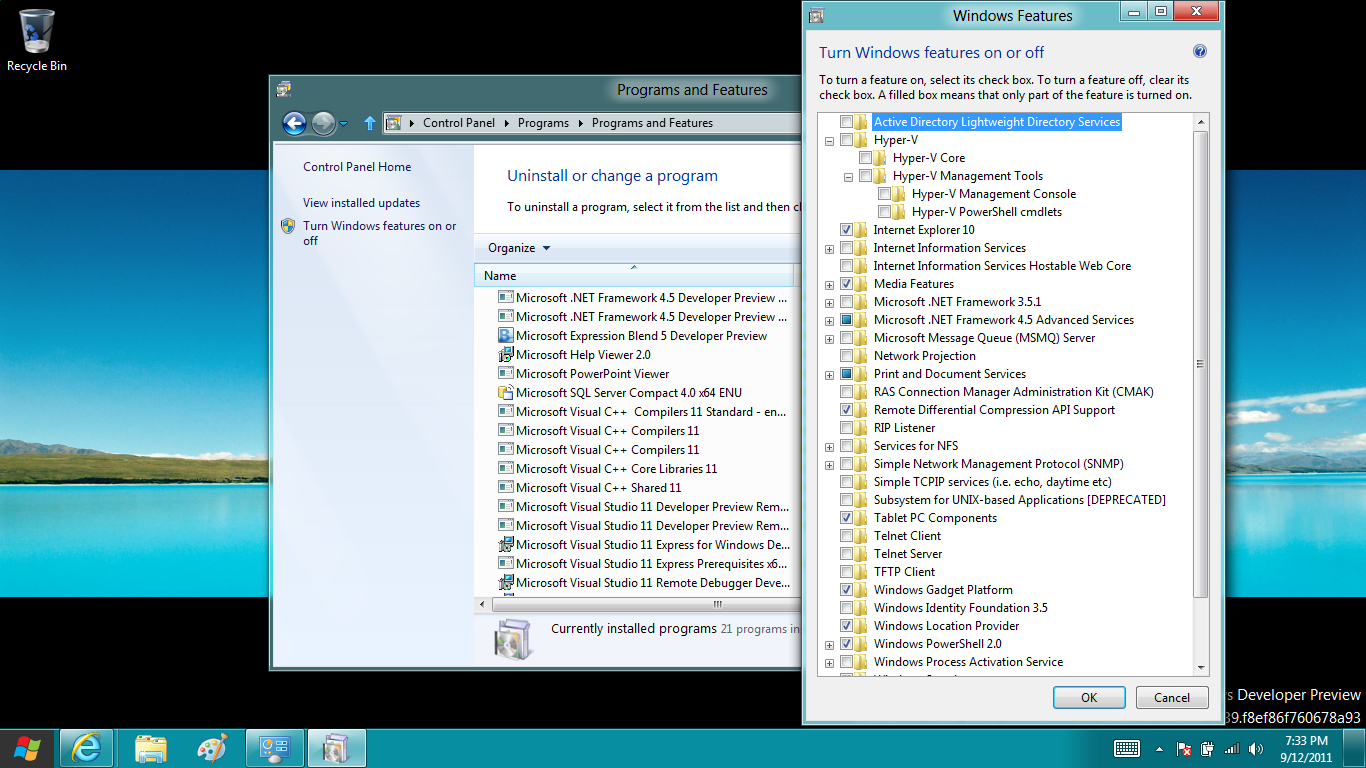
Install the optional Hyper-V to run virtual operating systems without extra software.
There's also a finger-friendly Metro Remote Desktop app; even the credential screen is Metro-style. This connected happily to a Windows 2008 R2 Server and we were able to drive the server interface by touch (although it obviously wasn't as responsive as the local Windows 8 desktop).
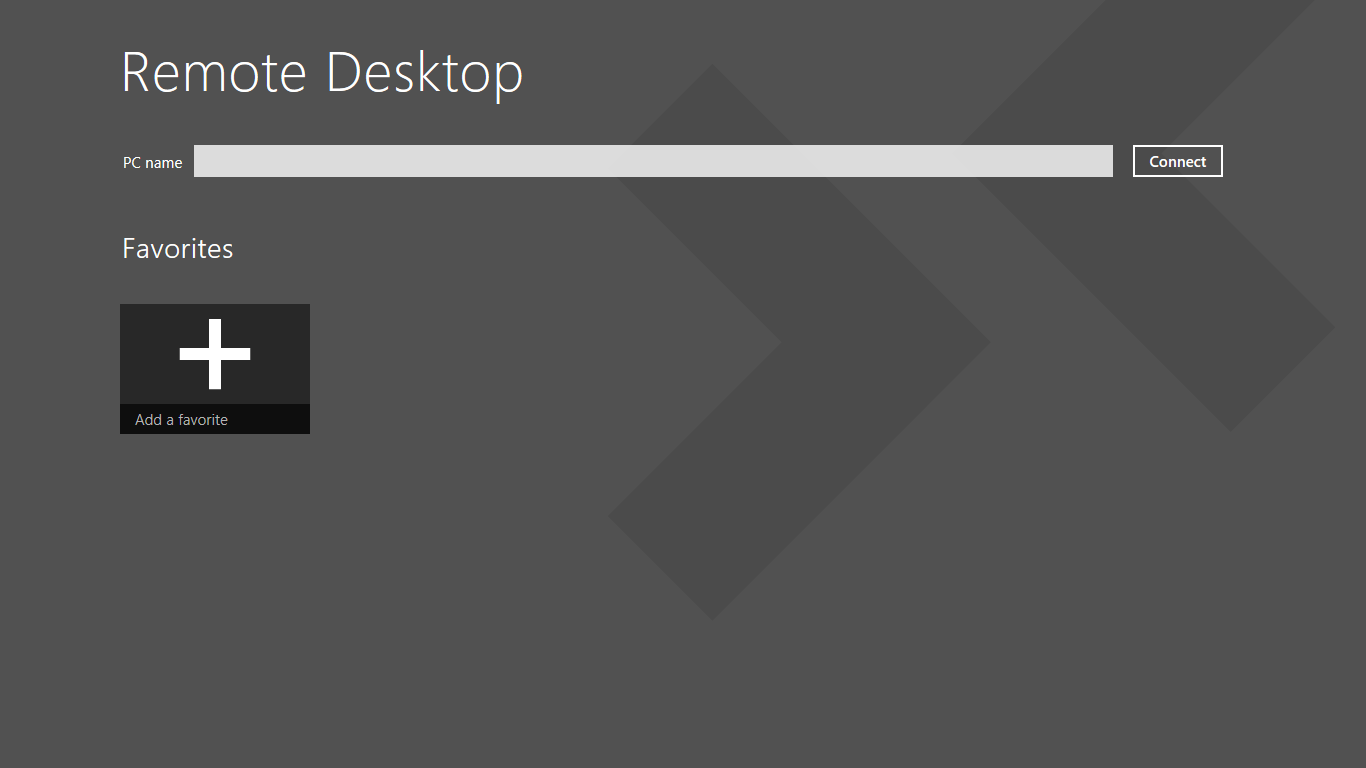
The Metro Remote Desktop app is designed for touchscreens
So what are our first impressions?
Sign up today and you will receive a free copy of our Future Focus 2025 report - the leading guidance on AI, cybersecurity and other IT challenges as per 700+ senior executives
Verdict
Windows 8 is not only the next version of Microsoft's familiar desktop interface, but is also the company's answer to the challenge of tablets too. That’s a difficult pair of challenges to straddle and not everything about the new interface is a success. This is also definitely pre-beta software that needs more development work, but we expected that. The good news for businesses is that Windows 8 is still a fully-capable desktop operating system with full compatibility and even more security, virtualisation and remote access options, but with the touchscreen support so many users want. Most users shouldn’t need a new PC to run it, though they may well want a new one for touch. For some workers, iPads and Android tablets can’t replace a PC; with Windows 8 Microsoft could deliver an option that gives business users the best of both worlds.
Mary is a freelance business technology journalist who has written for the likes of ITPro, CIO, ZDNet, TechRepublic, The New Stack, The Register, and many other online titles, as well as national publications like the Guardian and Financial Times. She has also held editor positions at AOL’s online technology channel, PC Plus, IT Expert, and Program Now. In her career spanning more than three decades, the Oxford University-educated journalist has seen and covered the development of the technology industry through many of its most significant stages.
Mary has experience in almost all areas of technology but specialises in all things Microsoft and has written two books on Windows 8. She also has extensive expertise in consumer hardware and cloud services - mobile phones to mainframes. Aside from reporting on the latest technology news and trends, and developing whitepapers for a range of industry clients, Mary also writes short technology mysteries and publishes them through Amazon.
-
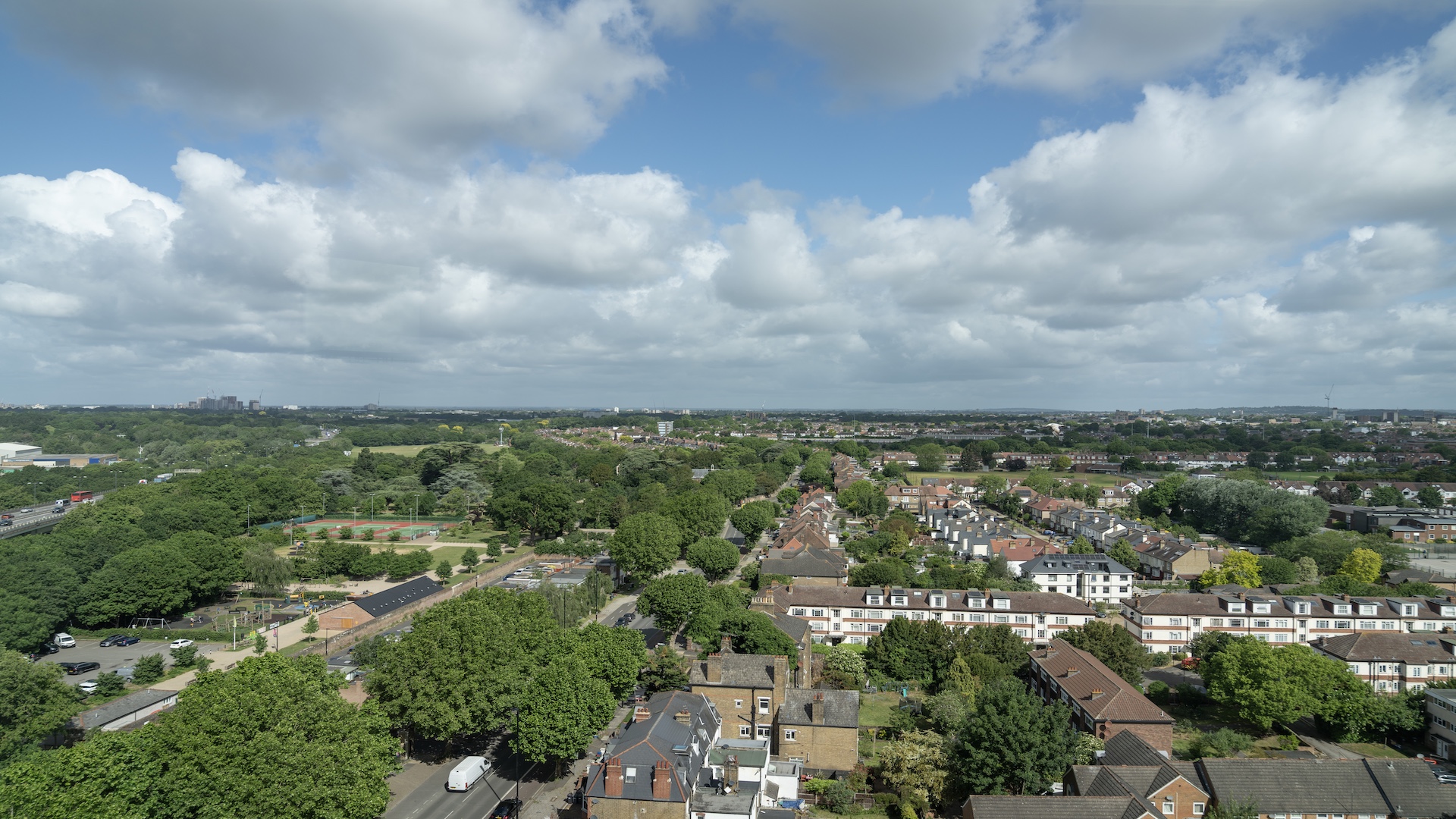 Hounslow Council partners with Amazon Web Services (AWS) to build resilience and transition away from legacy tech
Hounslow Council partners with Amazon Web Services (AWS) to build resilience and transition away from legacy techSpomsored One of the most diverse and fastest-growing boroughs in London has completed a massive cloud migration project. Supported by AWS, it was able to work through any challenges
-
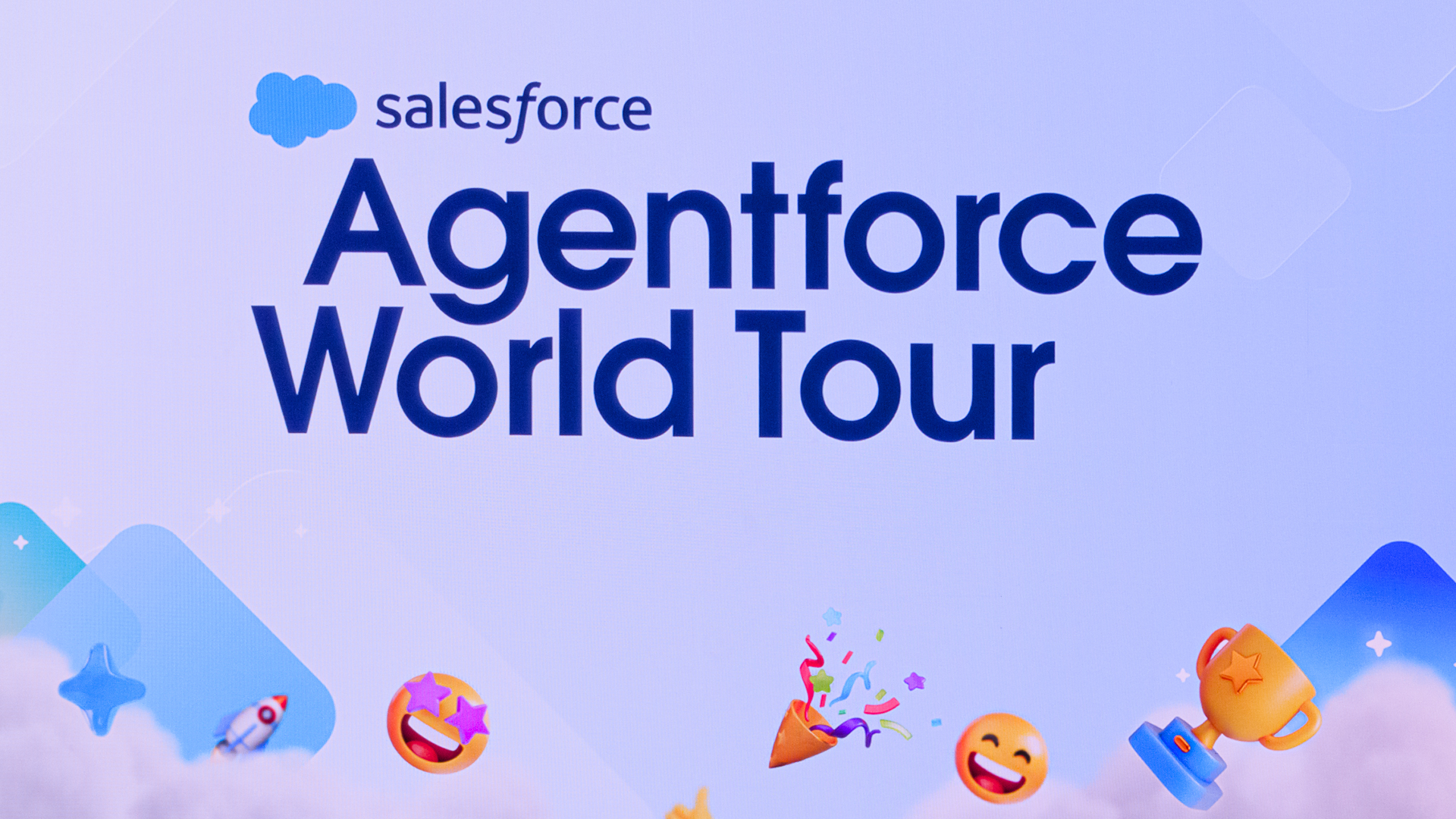 Salesforce targets better data, simpler licensing to spur Agentforce adoption
Salesforce targets better data, simpler licensing to spur Agentforce adoptionNews The combination of Agentforce 360, Data 360, and Informatica is more context for enterprise AI than ever before
-
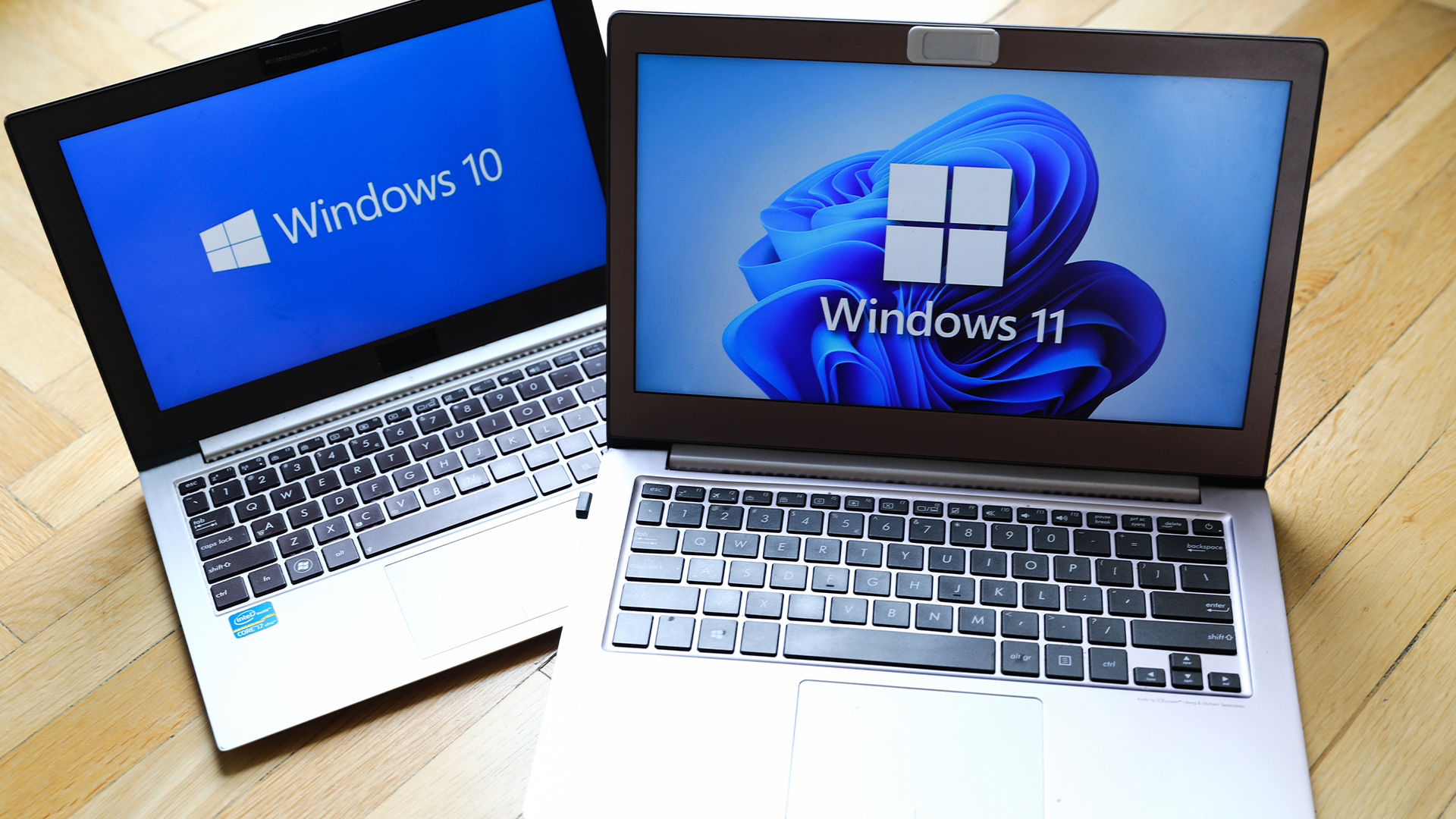 Windows 10 extended support costs could top $7 billion
Windows 10 extended support costs could top $7 billionNews Enterprises sticking with Windows 10 after the October deadline face huge costs
-
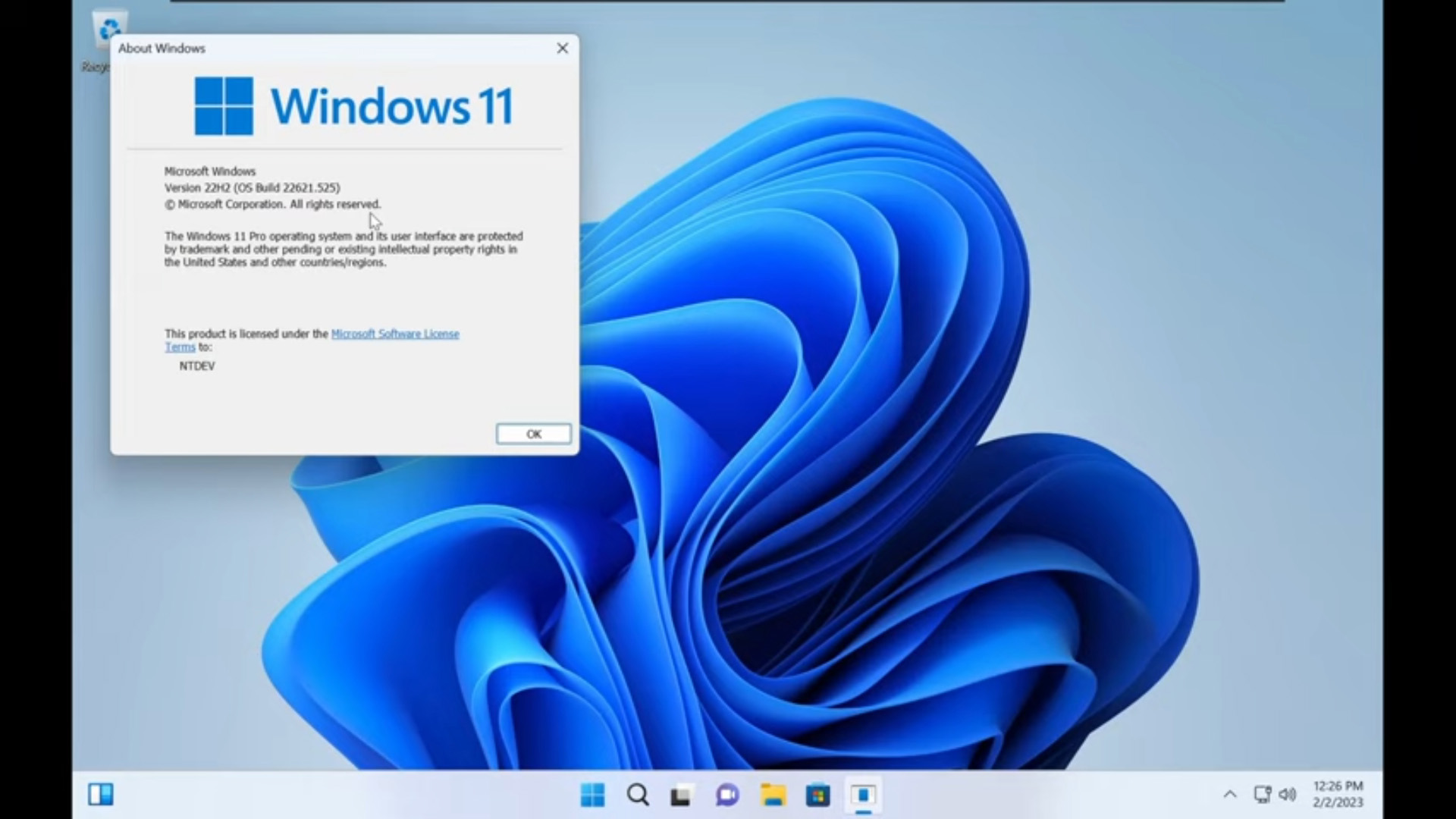 Tiny11 review: Windows 11 with only 2GB of RAM
Tiny11 review: Windows 11 with only 2GB of RAMReview A version of Windows 11 for older machines that don't meet the full requirements
-
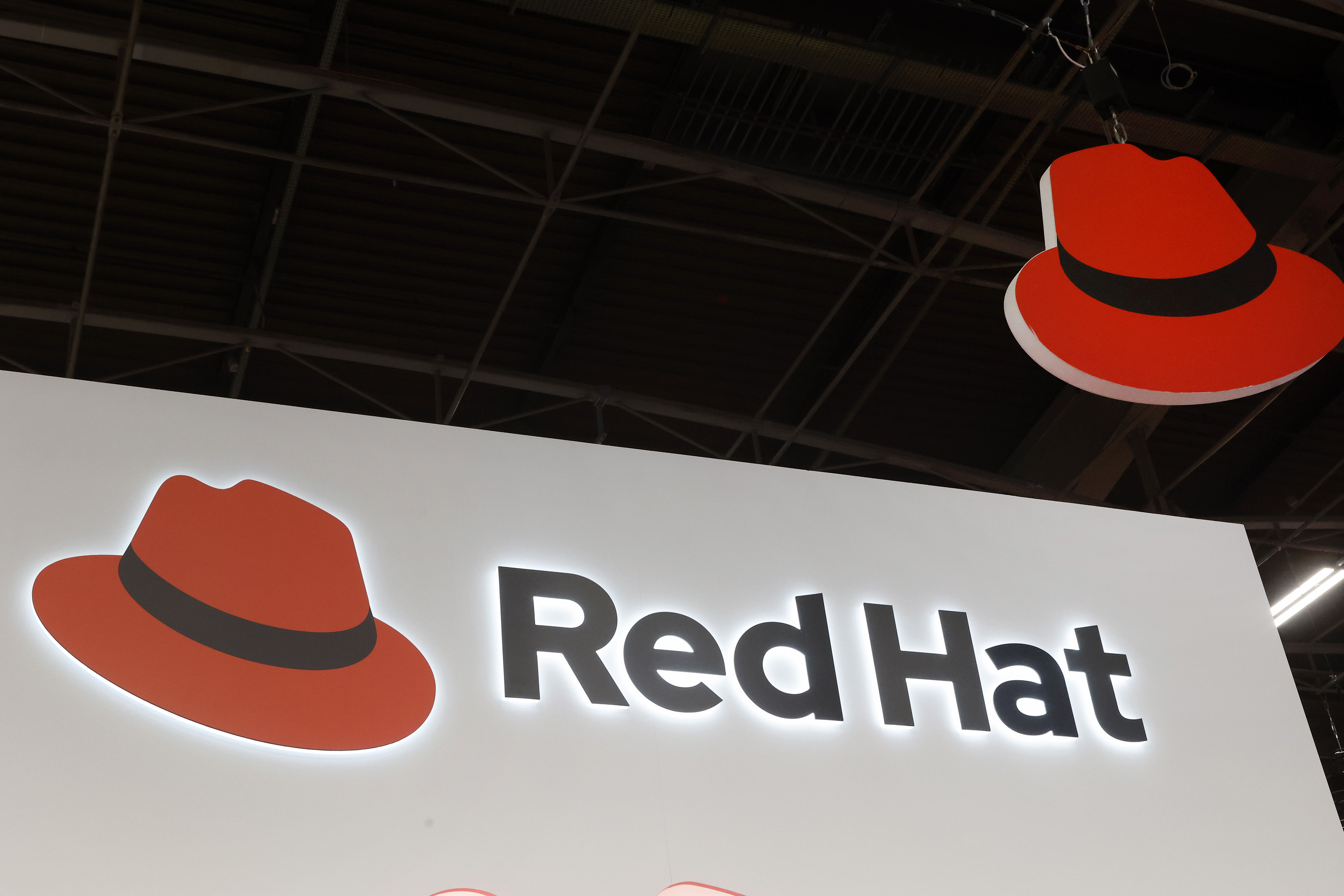 Red Hat Enterprise Linux becomes foundational operating system for Cohesity Data Cloud
Red Hat Enterprise Linux becomes foundational operating system for Cohesity Data CloudNews New strategic partnership between Red Hat and Cohesity aims to drive innovation in the data security and management space
-
 Ubuntu shifts to four-week update cycle
Ubuntu shifts to four-week update cycleNews Critical fixes will also come every two weeks, mitigating the issues involved with releasing prompt patches on the old three-week cadence
-
 AlmaLinux follows Oracle in ditching RHEL compatibility
AlmaLinux follows Oracle in ditching RHEL compatibilityNews Application binary compatibility is now the aim with 1:1 now dropped
-
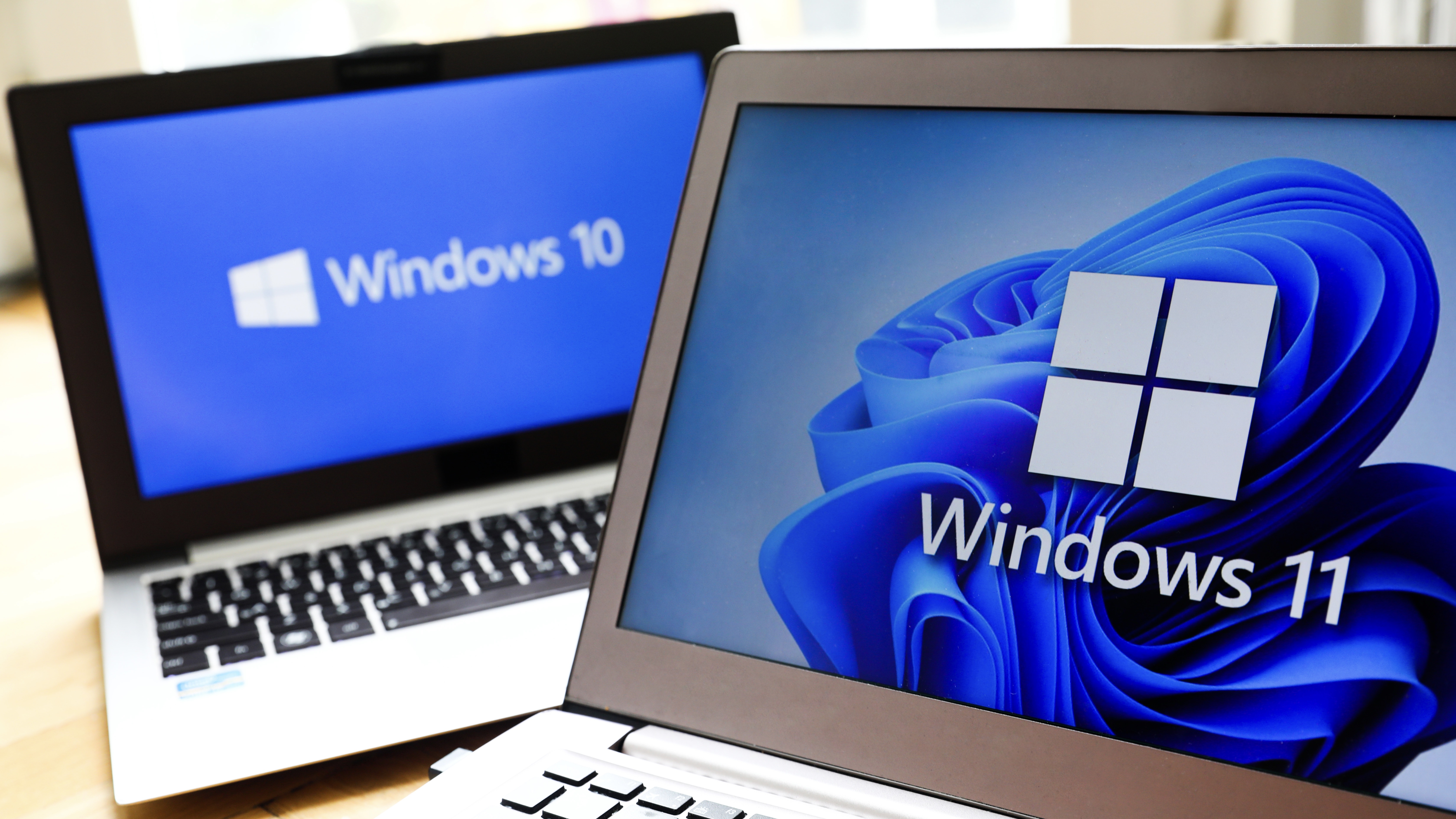 How big is the Windows 10 cliff-edge?
How big is the Windows 10 cliff-edge?ITPro Network With some comparing the upcoming Windows 10 end of life to Windows XP, we ask members of the ITPro Network for their insight
-
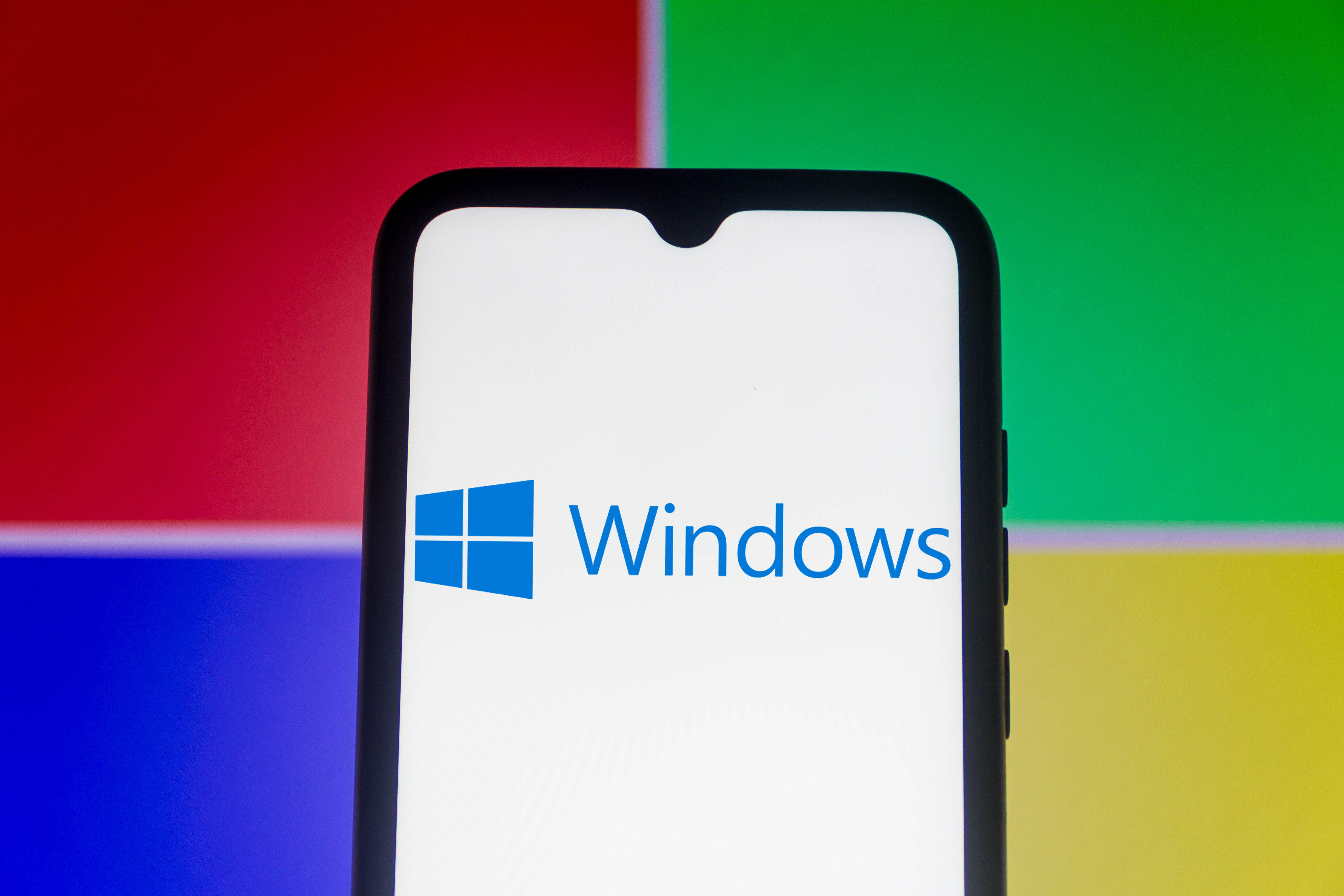 Everything you need to know about the latest Windows 11 updates - from bug fixes to brand-new features
Everything you need to know about the latest Windows 11 updates - from bug fixes to brand-new featuresNews Two new cumulative updates are on the way and will be installed automatically on Windows 10 and Windows 11 machines
-
 How to download a Windows 11 ISO file and perform a clean install
How to download a Windows 11 ISO file and perform a clean installTutorial Use a Windows 11 ISO to install the operating system afresh
